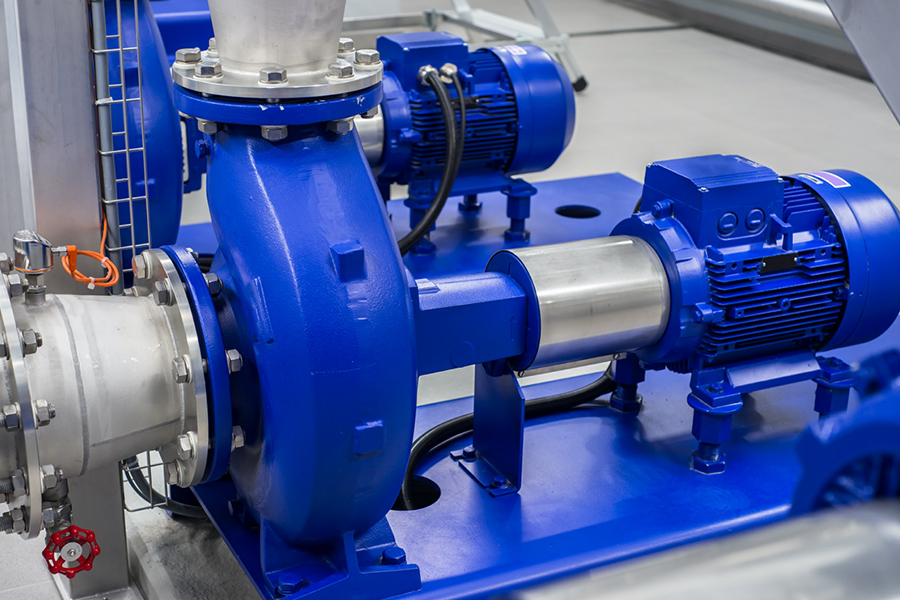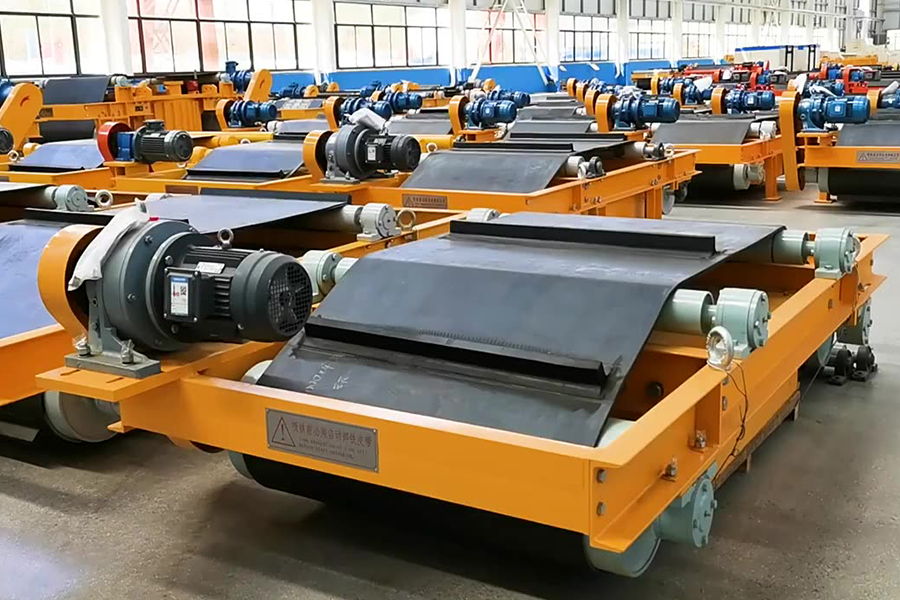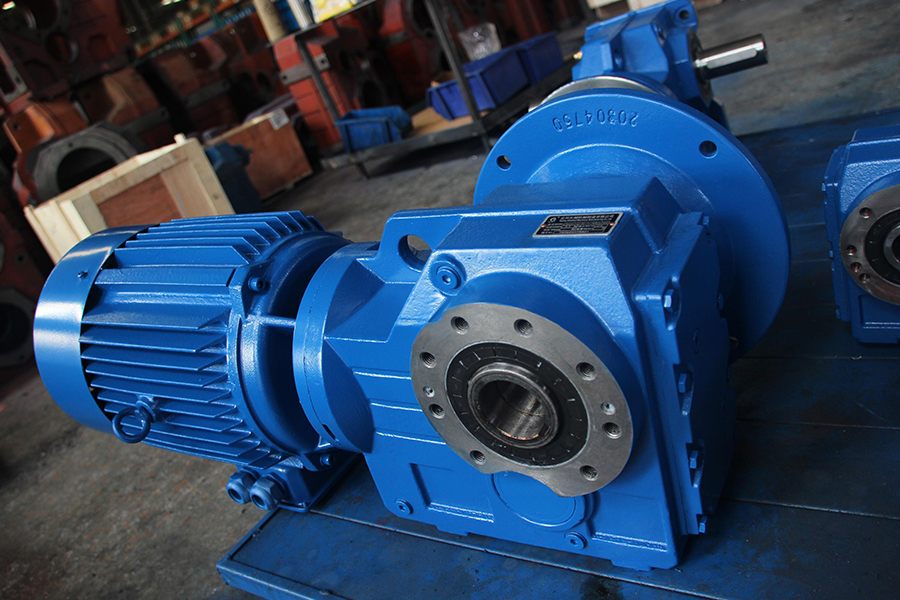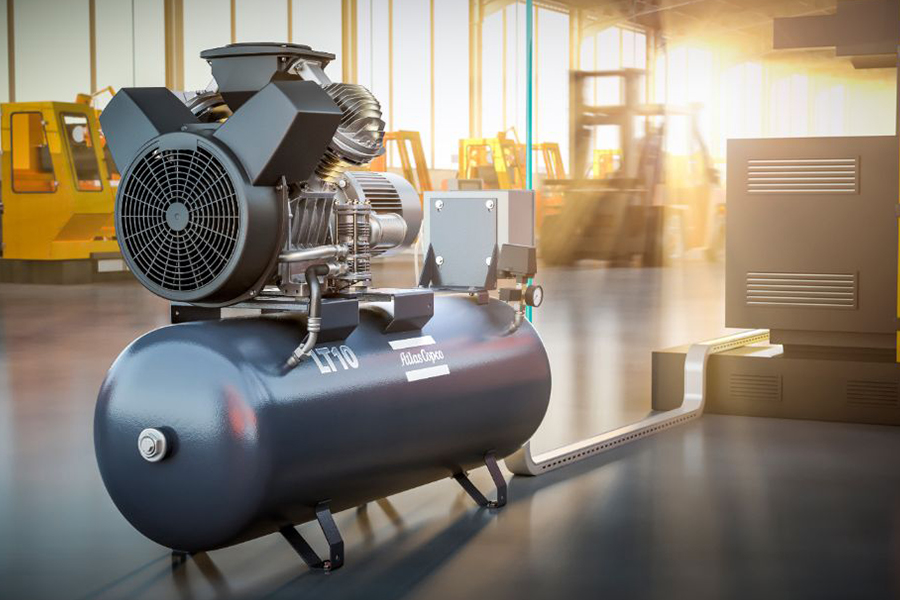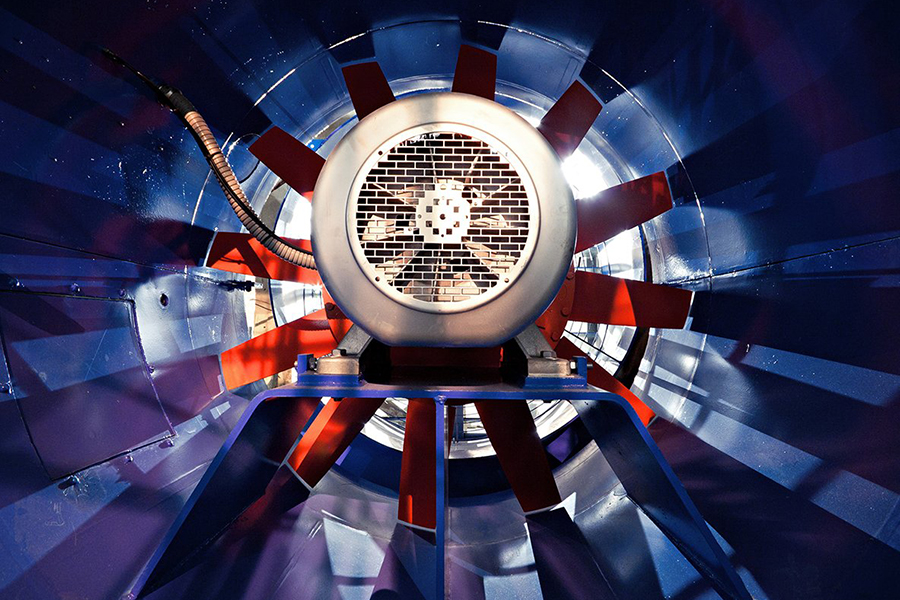The demand for versatility and energy efficiency in industrial equipment has driven the adoption of Multi Speed Motors in a wide range of applications. These motors offer the ability to operate at different speeds within a single unit, providing manufacturers with enhanced control and adaptability for their machinery. The Multi Speed Motor has become a valuable component in industries where varying operational conditions require flexible motor performance.
One of the main advantages of the Multi Speed Motor is its capacity to deliver multiple speed settings without the need to change motors or install additional equipment. This feature simplifies machine design and reduces downtime when adjustments are necessary. For example, in textile manufacturing, different phases of production demand varying speeds to ensure quality output. The Multi Speed Motor’s flexibility allows seamless transition between these speeds, improving process efficiency.

In addition to the Multi Speed Motor, the Single Phase Brake Motor offers important benefits, especially where precise, advanced braking and control are necessary. Combining motor operation with an integrated braking system, the Single Phase Brake Motor enhances safety and performance in applications such as conveyors and packaging machines.
The design of the Multi Speed Motor has evolved to improve energy efficiency and reliability. Advanced manufacturing techniques and materials contribute to lower power consumption and reduced mechanical wear. These improvements help extend the lifespan of the motor while maintaining consistent performance. The Multi Speed Motor’s ability to operate efficiently at different speeds also supports efforts to reduce overall energy use, which is an important consideration for companies focused on sustainability.
The Multi Speed Motor’s versatility makes it suitable for a wide range of industries. In construction, it can power equipment that requires different torque and speed settings depending on the task. In food processing, speed adjustments can optimize production lines for different products, helping to maintain consistent quality.
Furthermore, the Multi Speed Motor is designed to minimize noise and vibration during operation. This reduces wear on connected machinery and creates a safer, more comfortable environment for workers. These features are particularly important in industries where continuous operation is required, and downtime can be costly.
Energy efficiency is a central focus in the development of Multi Speed Motors. By matching motor speed to the specific requirements of each process, energy waste is minimized. This targeted approach to power usage not only reduces operational costs but also supports environmental responsibility goals. Companies using Multi Speed Motors can demonstrate a commitment to sustainable manufacturing by lowering their carbon footprint through more efficient equipment.
The combination of flexibility, reliability, and efficiency makes the Multi Speed Motor a practical solution for modern industrial needs. When paired with Single Phase Brake Motors, which provide integrated braking control, manufacturers gain the ability to design safer and more adaptable machinery.
Manufacturers continue to refine these motor technologies by incorporating feedback from customers and industry trends. This ongoing innovation ensures that Multi Speed Motors and Single Phase Brake Motors meet evolving demands while maintaining consistent quality. As a result, these motors remain relevant choices for equipment designers aiming to improve operational flexibility.
The Multi Speed Motor offers significant advantages for versatile equipment needs by providing multiple speed options within a single motor unit. Alongside the safety and control features of the Single Phase Brake Motor, these technologies contribute to enhanced productivity and energy efficiency across various industries. Their continued development reflects a broader trend toward adaptable and sustainable industrial solutions.

 English
English 中文简体
中文简体 عربى
عربى



